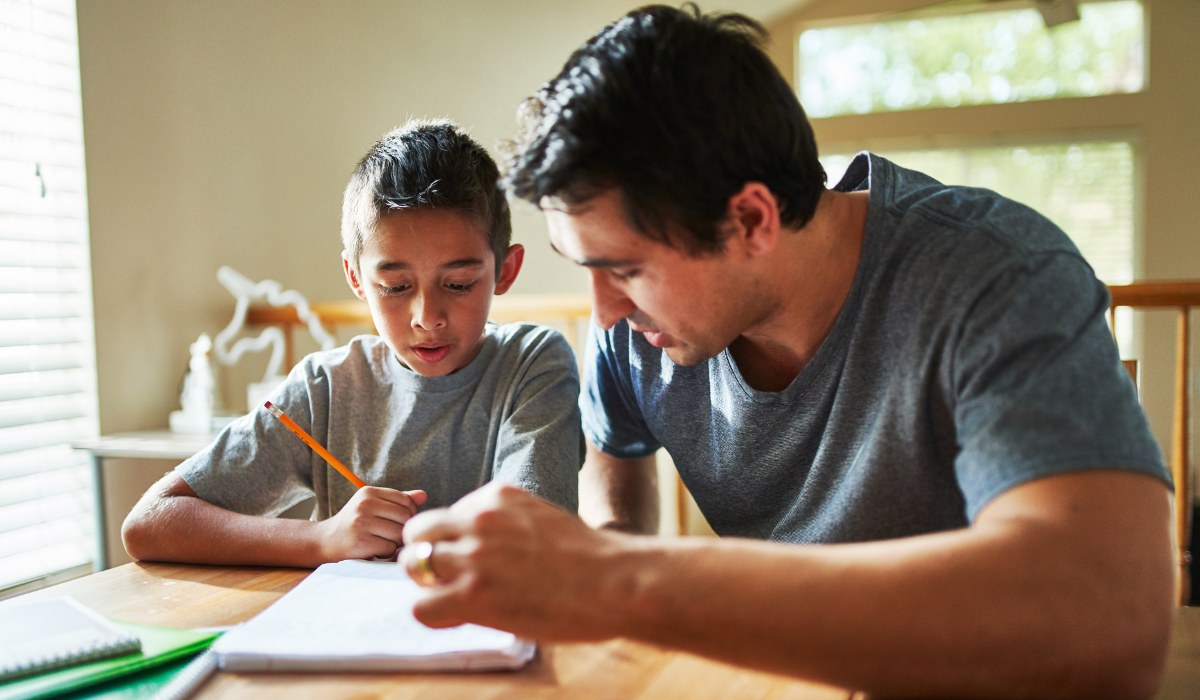The Complete Guide to Autism and Sleep

Sleep difficulties are among the most common challenges faced by individuals with autism spectrum disorder (ASD) and their families. Research indicates that 50-80% of children with autism experience sleep problems, compared to just 20-30% of neurotypical children. These sleep disturbances can significantly impact daily functioning, behavior, and overall quality of life for both the individual with autism and their caregivers.
Understanding the Connection Between Autism and Sleep
The Prevalence of Sleep Issues in Autism
Sleep problems in autism are not just occasional difficulties—they're a pervasive challenge that affects the majority of individuals on the spectrum. Studies consistently show that people with autism are 2-3 times more likely to experience sleep disorders compared to the general population. These issues often begin in early childhood and can persist throughout adolescence and into adulthood.
The most common sleep-related challenges in autism include:
- Difficulty falling asleep (sleep onset insomnia)
- Frequent night wakings
- Early morning awakening
- Irregular sleep-wake cycles
- Reduced total sleep time
- Poor sleep quality
The Biological Basis of Sleep Disruption in Autism
The relationship between autism and sleep is complex and multifaceted. Several biological factors contribute to sleep difficulties in individuals with ASD:
Melatonin Dysregulation
One of the most significant factors is the disruption of melatonin production. Melatonin is a hormone that regulates our circadian rhythm—our internal body clock. Research has found that approximately 75% of children with autism have lower levels of melatonin compared to neurotypical children. This deficiency can make it extremely difficult to fall asleep and maintain a regular sleep schedule.
Sensory Processing Differences
Many individuals with autism experience sensory processing differences that can interfere with sleep. They may be hypersensitive to:
- Light from electronic devices or street lamps
- Sounds from neighbors, traffic, or household noises
- Textures of bedding or pajamas
- Temperature fluctuations in the bedroom
Conversely, some individuals may be hyposensitive and require additional sensory input to feel comfortable enough to sleep.
Neurological Differences
Brain imaging studies have revealed differences in brain structure and function in individuals with autism that may contribute to sleep problems. Areas of the brain responsible for sleep regulation, including the brainstem and hypothalamus, may function differently in people with ASD.
The Impact of Sleep Problems on Daily Life
Behavioral and Emotional Consequences
Poor sleep doesn't just affect nighttime—it has far-reaching consequences for daytime functioning. Children with autism who experience sleep problems often exhibit:
- Increased irritability and mood swings
- Heightened anxiety and stress
- Difficulty with emotional regulation
- Increased repetitive behaviors or stimming
- Greater challenges with social interaction
Research shows that sleep-deprived children with autism demonstrate significantly more behavioral problems compared to those who get adequate sleep.
Cognitive and Academic Impact
Sleep deprivation can severely impact cognitive function and academic performance. Studies indicate that children with autism who have sleep problems often struggle with:
- Attention and focus difficulties
- Memory consolidation problems
- Reduced learning capacity
- Slower processing speed
- Impaired executive functioning
Family-Wide Effects
The impact of sleep problems extends beyond the individual with autism. Up to 87% of parents of children with autism report that their child's sleep problems negatively affect the entire family's sleep quality and daily functioning.
Evidence-Based Strategies for Improving Sleep
Sleep Hygiene Fundamentals
Establishing good sleep hygiene is the foundation of any sleep intervention program. For individuals with autism, this includes:
Creating a Consistent Sleep Schedule
- Go to bed and wake up at the same time every day, even on weekends
- Maintain a 30-60 minute bedtime routine that signals it's time to sleep
- Limit daytime naps to 20-30 minutes if necessary
Optimizing the Sleep Environment
- Keep the bedroom cool (65-68°F is ideal)
- Minimize light exposure using blackout curtains or eye masks
- Reduce noise with white noise machines or earplugs
- Choose comfortable bedding that accommodates sensory preferences
Behavioral Interventions
Visual Schedules and Social Stories
Visual supports can be particularly effective for individuals with autism. Creating a visual bedtime schedule helps establish predictability and reduces anxiety about the bedtime routine. Social stories about sleep can help explain the importance of sleep and what to expect during the bedtime process.
Gradual Bedtime Fading
This technique involves gradually moving bedtime earlier by 15-30 minutes every few days until the desired bedtime is reached. This approach is often more successful than making dramatic changes all at once.
Relaxation Techniques
Teaching relaxation strategies can help individuals with autism wind down before bed:
- Deep breathing exercises
- Progressive muscle relaxation
- Mindfulness activities
- Calming sensory activities (like weighted blankets or soft music)
Medical Interventions
When behavioral strategies aren't sufficient, medical interventions may be considered:
Melatonin Supplementation
Melatonin is the most commonly prescribed sleep aid for children with autism. Studies show that melatonin supplementation can:
- Reduce sleep onset time by 30-60 minutes
- Increase total sleep duration
- Improve sleep quality
- Reduce night wakings
It's important to work with a healthcare provider to determine the appropriate dose and timing of melatonin supplementation.
Addressing Underlying Medical Conditions
Some individuals with autism may have underlying medical conditions that contribute to sleep problems, such as:
- Gastroesophageal reflux disease (GERD)
- Sleep apnea
- Restless leg syndrome
- Seizure disorders
Treating these conditions can significantly improve sleep quality.
The Role of Technology and Sleep
Screen Time and Sleep
The relationship between screen time and sleep is particularly important for individuals with autism, many of whom have a strong interest in electronic devices. The blue light emitted by screens can suppress melatonin production, making it harder to fall asleep.
Recommendations include:
- Implementing a "digital sunset" 1-2 hours before bedtime
- Using blue light filtering glasses or apps if screen use is necessary
- Keeping electronic devices out of the bedroom
Sleep-Tracking Technology
Modern technology can also be helpful in understanding and improving sleep patterns. Wearable devices and smartphone apps can track:
- Sleep duration and quality
- Sleep onset and wake times
- Movement during sleep
- Environmental factors (temperature, noise, light)
This data can help identify patterns and triggers for sleep problems.
Special Considerations for Different Age Groups
Early Childhood (Ages 2-5)
Young children with autism often struggle with:
- Separation anxiety at bedtime
- Resistance to bedtime routines
- Frequent night wakings
Strategies for this age group include:
- Consistent, calming bedtime routines
- Comfort objects (stuffed animals, blankets)
- Gradual transition periods between activities
School-Age Children (Ages 6-12)
School-age children face additional challenges:
- Academic stress affecting sleep
- Increased awareness of being different from peers
- Medication effects on sleep patterns
Interventions may include:
- Homework completion well before bedtime
- Stress management techniques
- Collaboration with school personnel
Adolescents and Adults
Teenagers and adults with autism may experience:
- Delayed sleep phase (natural tendency to stay up late)
- Increased independence but continued need for structure
- Comorbid mental health conditions affecting sleep
Approaches for this population include:
- Flexibility in sleep schedules when possible
- Self-advocacy skills for sleep needs
- Treatment of anxiety or depression
Working with Healthcare Providers
When to Seek Professional Help
Families should consider consulting with healthcare providers when:
- Sleep problems persist despite implementing good sleep hygiene
- Daytime functioning is significantly impaired
- Safety concerns arise from sleep-related behaviors
- Multiple family members are affected by sleep disruption
Building a Sleep Support Team
Effective sleep intervention often requires a multidisciplinary approach:
- Pediatrician or family physician for overall health assessment
- Sleep specialist for complex sleep disorders
- Behavioral therapist for behavioral sleep interventions
- Occupational therapist for sensory-related sleep issues
The Future of Autism and Sleep Research
Research in this field continues to evolve, with promising developments including:
- Personalized melatonin dosing based on individual metabolism
- Advanced sleep monitoring technology
- Novel therapeutic approaches targeting circadian rhythm regulation
- Better understanding of the genetic factors influencing sleep in autism
Conclusion
Sleep problems in autism are common, complex, and significantly impact quality of life for individuals and families. However, with the right combination of behavioral strategies, environmental modifications, and when necessary, medical interventions, most sleep issues can be improved.
The key to success lies in:
- Understanding the unique sleep challenges associated with autism
- Implementing evidence-based interventions consistently
- Working collaboratively with healthcare providers
- Maintaining patience and persistence as improvements often take time
Every individual with autism is unique, and what works for one person may not work for another. The most effective approach is often a combination of strategies tailored to the individual's specific needs, preferences, and circumstances.
By prioritizing sleep health and implementing appropriate interventions, families can significantly improve not just nighttime rest, but overall daytime functioning, behavior, and quality of life for individuals with autism.



.jpg)

































































































